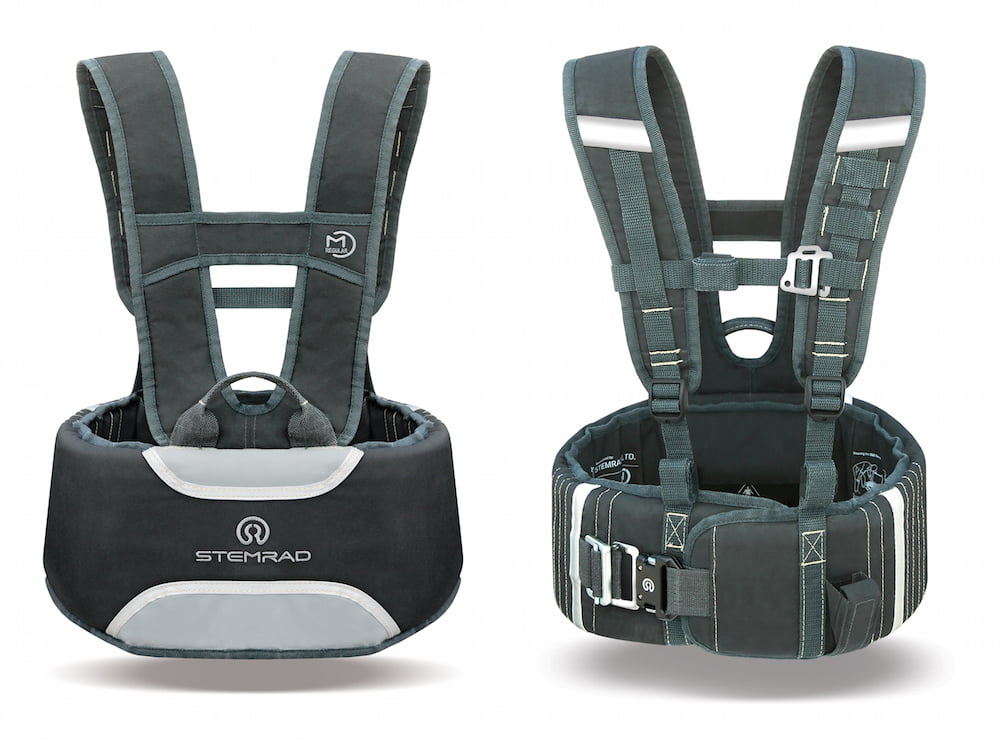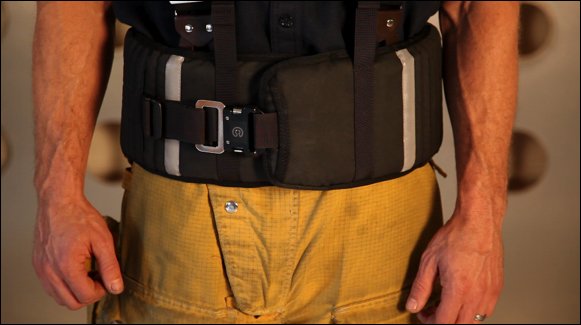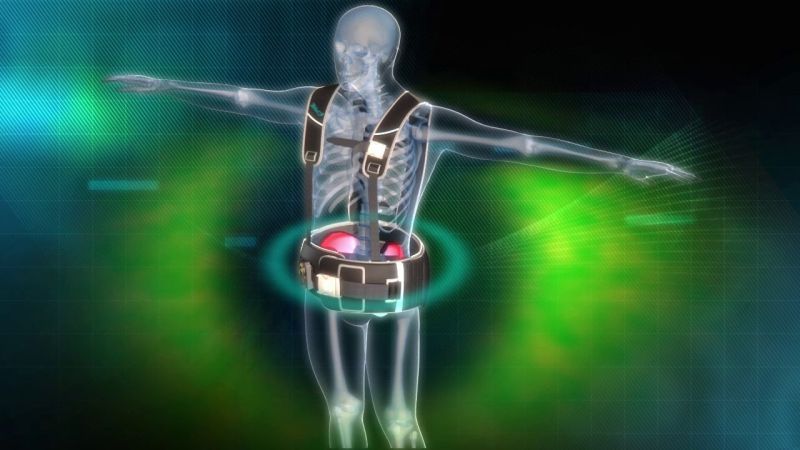For many living in the vicinity of a nuclear facility, the threat of a leakage, or even an attack is very real. The Fukushima Daiichi nuclear power plant disaster of 2011 is a shining example of the damage incurred when little to no measures are taken to protect the public from the grave natural and health effects of radiation exposure.
With that in mind, the StemRad belt was created to protect from life-threatening radiation exposure. Created for first responders to nuclear disasters, the StemRad 360 Gamma belt claims it shields its wearers from the effects of gamma radiation by protecting one of the body’s most vital and sensitive assets—bone marrow.
SEE ALSO: Israeli Startup Tawkon Launches Its Cellular Radiation Detection App In Japan

Radiation protection goes to first responders, first
Recruited employees of the nuclear reactor are usually the first responders to reach the scene of the nuclear catastrophe, and, according to StemRad CEO Oren Milstein, this can number from ten to fifty employees on any given day. However, in more severe events like the leak at Fukushima or the 1986 Chernobyl disaster, first responders receive support from surrounding fire and police stations, raising the number of individuals potentially exposed to radiation to hundreds, if not thousands.
In an effort to keep the public safe, these brave men and women can be exposed to high doses of alpha, beta and gamma radiation. Whereas alpha and beta radiation can be repelled by normal clothing, gamma radiation causes severe damage to the bone marrow stem cells. Without stem cells, the body fails to produce white and red blood cells and platelets, which in turn can result in severe anemia, leukemia, or acute radiation syndrome. As mentioned above, these are very serious conditions that necessitate immediate bone marrow transplants, otherwise resulting in death.
“If you lack red blood cells you don’t have a way to carry oxygen, if you lack white blood cells you are prone to infections and if you lack platelets then you have internal hemorrhage, bleeding,” Milstein tells NoCamels.
A 33-pound miracle belt?
Sign up for our free weekly newsletter
SubscribeThe StemRad 360 Gamma belt works by shielding the pelvic area that contains 50 percent of all bone marrow with a leaden harness. This means that StemRad obviously cannot provide full-body protection against radiation, which could be a serious draw-back as some of the most radiation-affected areas of the body include the thyroid and liver.
The 33 pound belt (15 kilograms) is made of differently shaped lead plates layered on top of each other, with Teflon tissue between them to stay flexible. The frame is then covered with fire-resistant Kevlar fabric, to ensure full protection against all of the variables in a nuclear disaster. According to the company, the belt protects up to five percent of the bone marrow in a person’s body, which is enough to regenerate a new healthy batch within a month’s time.

Other useful tools in the StemRad radiation belt include a built-in Geiger counter that serves as a real-time gamma radiation monitor, keeping the wearer aware of potential dangers with a chirping signal. In addition, it contains a cumulative dose decimeter card, displaying the scale of rads a person was exposed to allow for adequate medical treatment.
SEE ALSO: Biodegradable Balloons Isolate Tumors To Reduce Radiation Risks
“It may look simplistic on the outside but the structure inside is three dimensional and very unique. The idea here was to create a product that on the one hand protects but on the other hand is not over-burdened with weight,” said Milstein.
Despite support from three Noble laureates, StemRad still isn’t a sure bet
So far, Milstein’s argument, and the increasing number of countries weary of nuclear disasters like Fukushima, have done their convincing. The company has already sold to its belts in several countries, including Japan, Israel and Russia and it has pending sales in Germany and in the United States. StemRad also has plans to create a protective belt for civilians that will be much lighter and cheaper than the current product, which runs a price in the thousands of dollars. Recently, three Noble Prize laureates joined the company’s impressive scientific advisory board: Roger D. Kornberg, the prominent American biochemist, biophysicist Michael Levitt and Aaron Ciechanover, in addition to the likes of Prof. Richard Champlin, one of only three Westerners to treat radiation victims in the aftermath of the Chernobyl disaster.
Photos: StemRad/ Fukushima
Related posts

Resilient And Nutritious New Plant-Based Milk Aims To Make A Splash

Chocolate From Cultivated Cocoa Comes Without Environmental Toll

Plastic Fantastic: Startup Takes PVC Back To Its Crude Oil Roots





Facebook comments